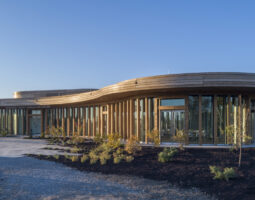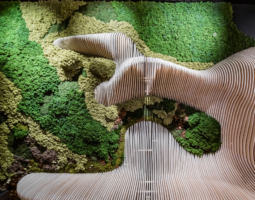In areas located between Abu Dhabi and Dubai in the United Arab Emirates, a closed and energy independent city of the future, Masdar City, with the area of 6 km2, is being constructed. The city whose project is developed by a few hundred international institutions and companies financed by governments of countries from 6 continents interested in results of the project from the perspective of the possibility of implementation of similar solutions on their own market. 50 000 people will reside in Masdar City until the end of 2030, and 40 000 will commute to work there.
The objective is the creation of the most sustainable city in the world which will be a wonderful place for development of the business: duty-free zone and special privileges accelerating establishment of one’s own, 100% private company which is, concerning local conditions, a great incentive for investors. Additionally, Masdar will be an incubator of innovation, research and development based on numerous Science and Research Institutes located there. It will be also an ideal place to live for whole families, not only due to technologies and architectural facilities solving basic problems related to living in those areas, such as high temperature, lack of drinking water and barren soil, but, above all, due to the broad educational, social (own kindergartens, schools, universities, medical centres), commercial as well as cultural and entertainment offer.
 source: private archieve
source: private archieve
In Masdar City there are tested dozens of various solutions, among others, the ones related to renewable energies based on solar, wind and water power, thanks to which the city will use 40% less electric energy than cities of comparable size.
1. Transport PRT
However, from my point of view, the biggest attraction is fully autonomous PRT (Personal Rapid Transit) transport system within the area of the whole city. Even now one can take a ride on such self-operating vehicle to a part of the city which was already opened. The car may accommodate up to 4 adult persons + 2 children, developing a speed of up to 40 km/h.
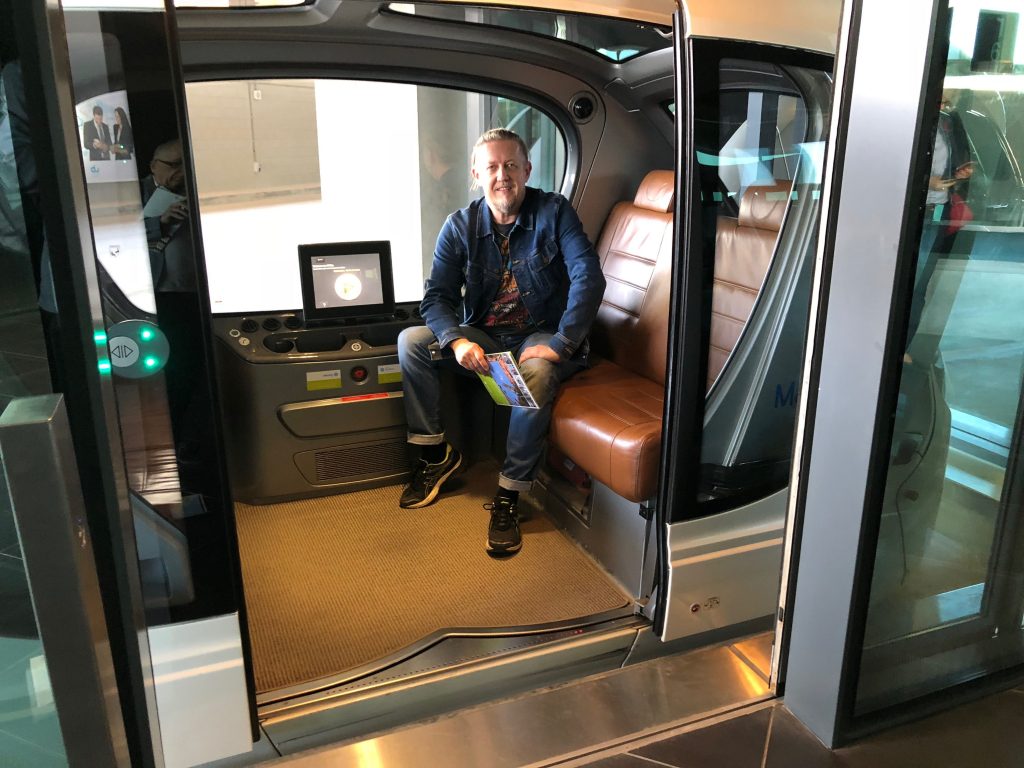 source: private archieve
source: private archieve
 source: private archieve
source: private archieve
 source: private archieve
source: private archieve
There are also plans to launch a bus line in the city. Of course, these will be ECOBUSES – special versions of electric buses adapted to hot climate and moist air. Buses will be equipped with special battery cooling systems, a system of energy efficient air conditioning and photovoltaic panels producing energy. Apart from that, there will be also: Light Rail Transit (LRT), Group Rapid Transit (GTR), and the city will be connected with metro line from Abu Dhabi.
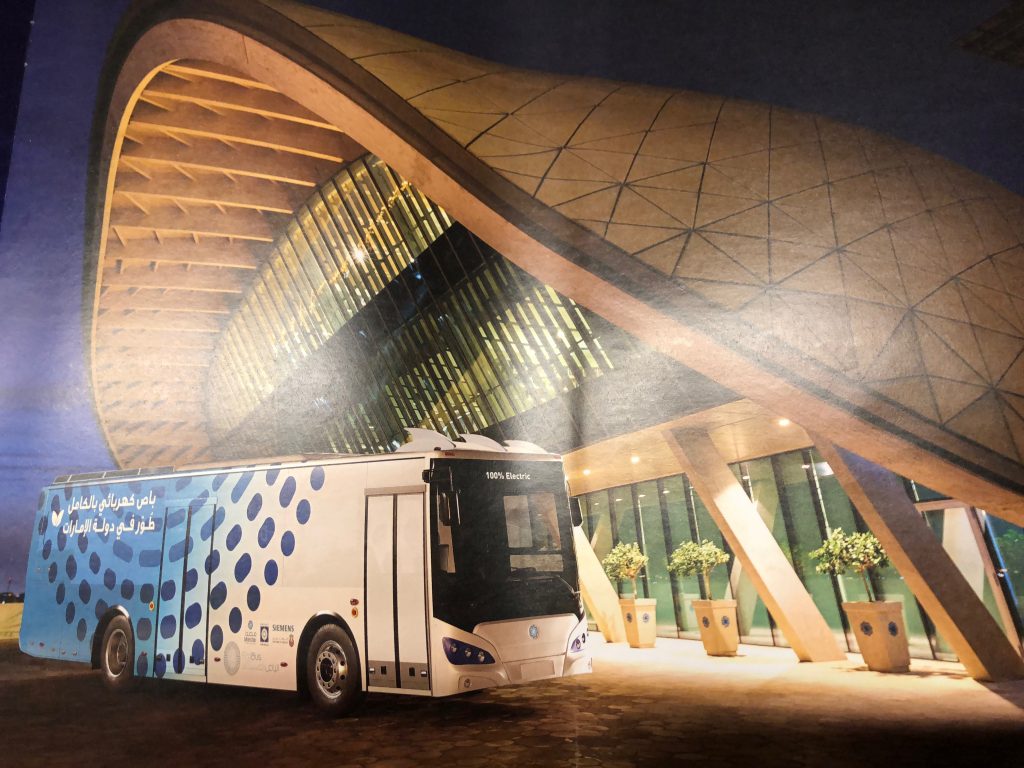 source: private archieve
source: private archieve
 source: private archieve
source: private archieve
2. Architecture of Masdar
The whole city was designed in a very modern manner, it was based on concrete, steel, and glass, but in a sustainable way according to LEED standards, that is using cement with reduced carbon content and 90% recycled aluminium. One can also spot many elements of Arab architecture based on ceramics, which adds this place unique character and atmosphere.
 source: private archieve
source: private archieve
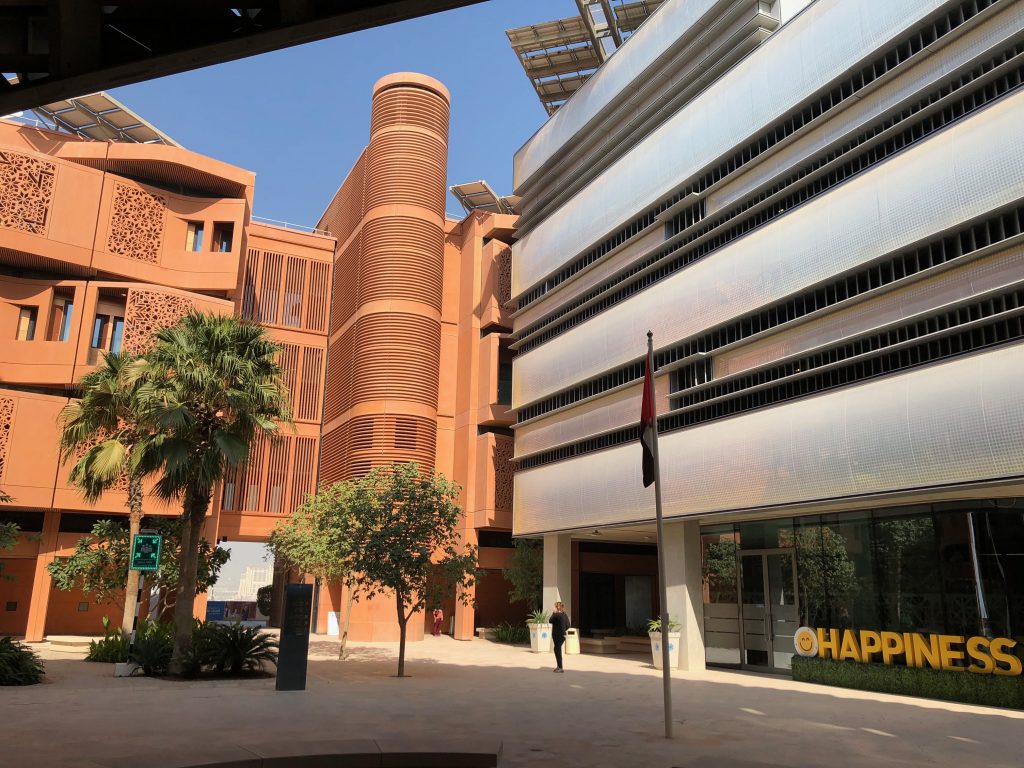
source: private archieve
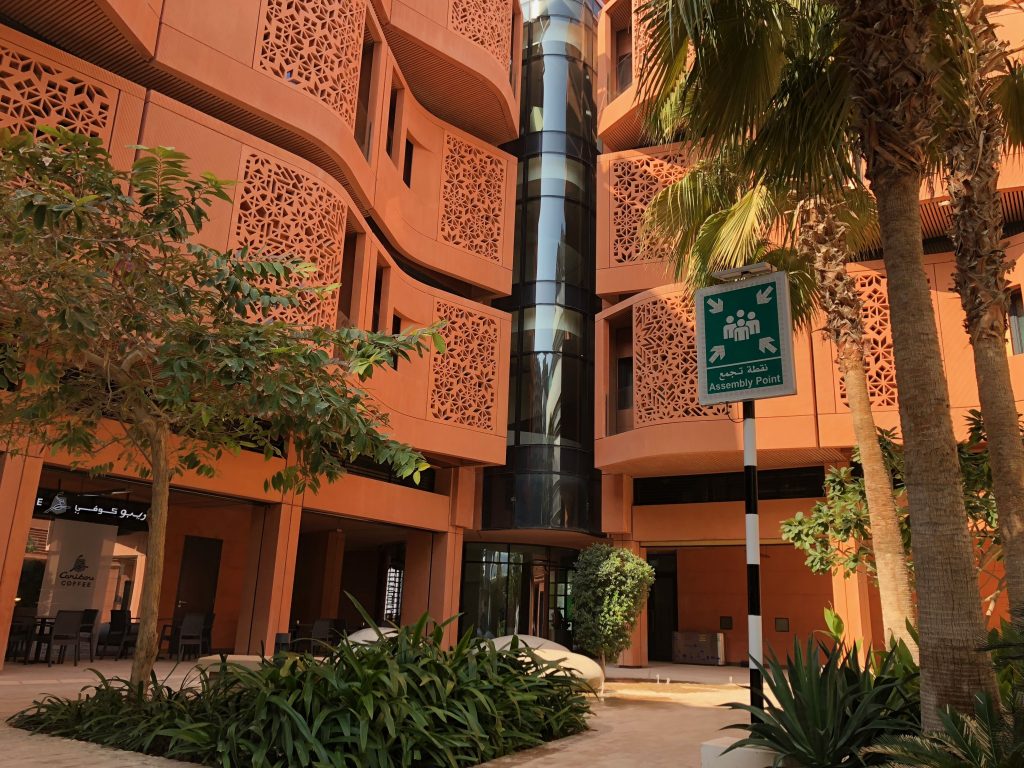
source: private archieve
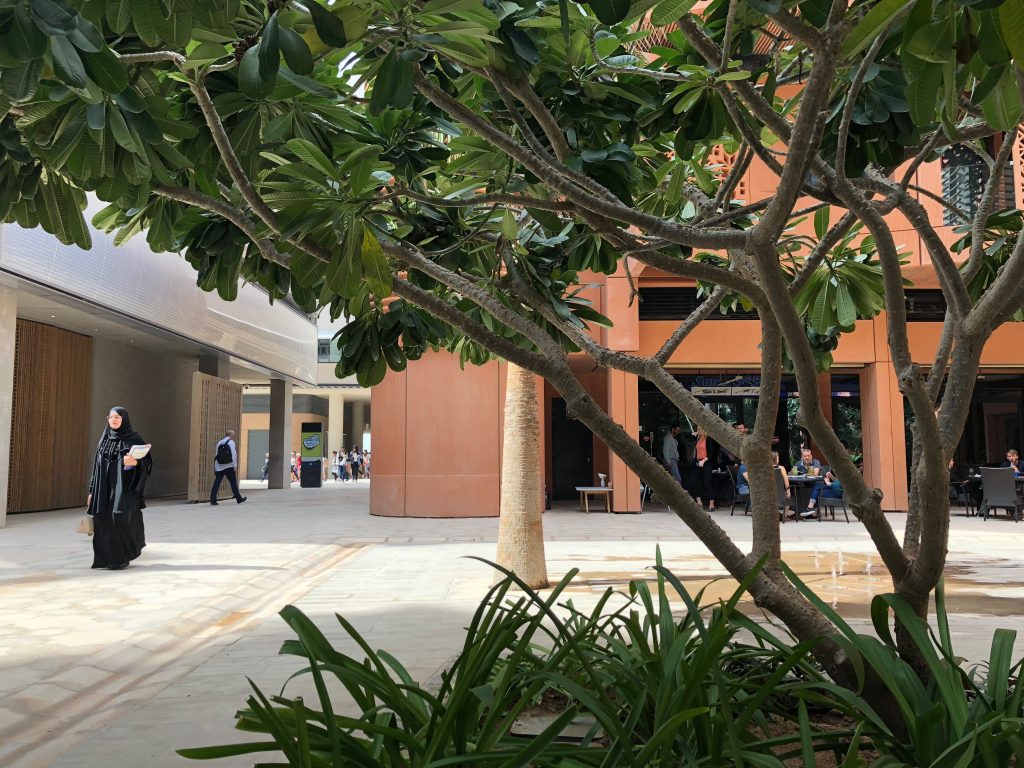
source: private archieve
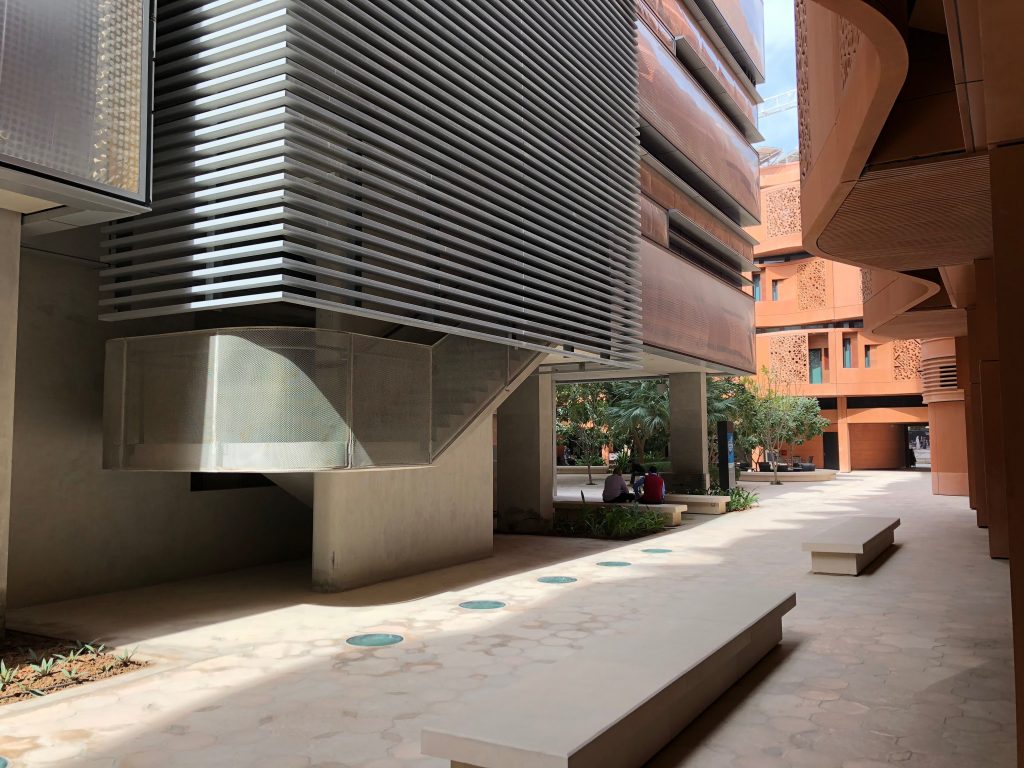
source: private archieve
The streets are designed in a special way, so as to give pedestrians in hot climate maximum protection from the sun (in the summer daytime temperature reaches 50 oC). The buildings are situated at a small distance between each other, and frequently their walls become narrower at the bottom, so that they transmit the least amount of sun and leave the biggest amount of space at the bottom for pedestrians. Balconies in the houses have special shadings. These are Wellbeing elements adapted to provide unique comfort to the residents of a given climatic zone. The city is 100% pedestrian friendly. Additionally, a number of walking paths was prepared for them.

source: private archieve
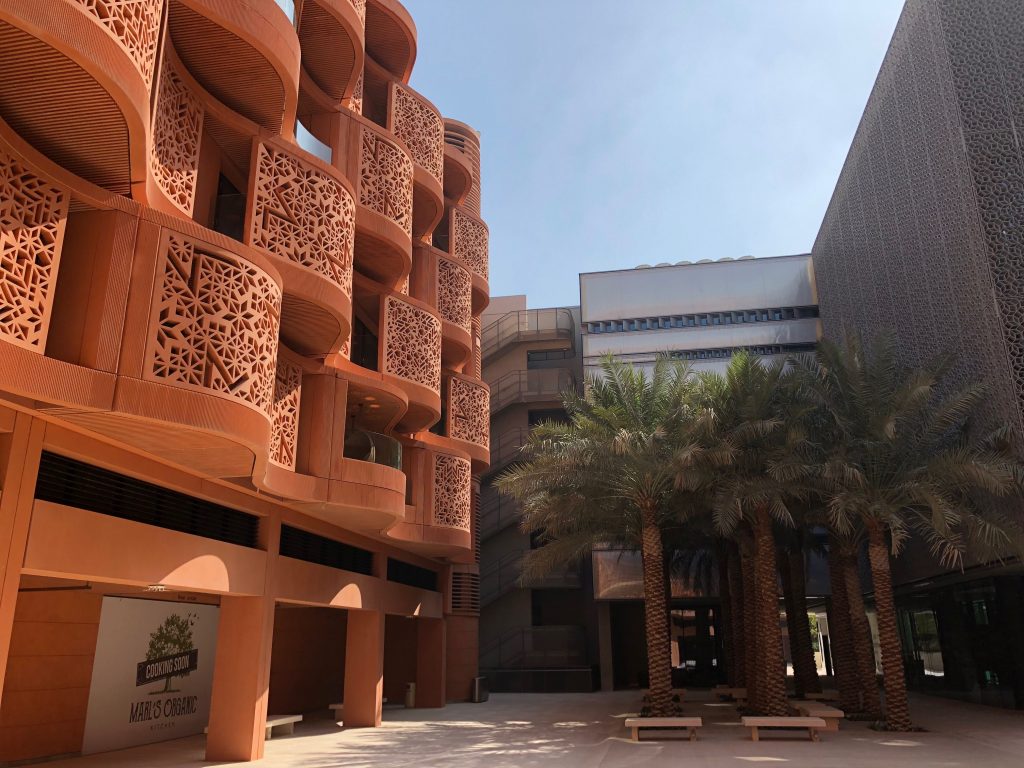
source: private archieve
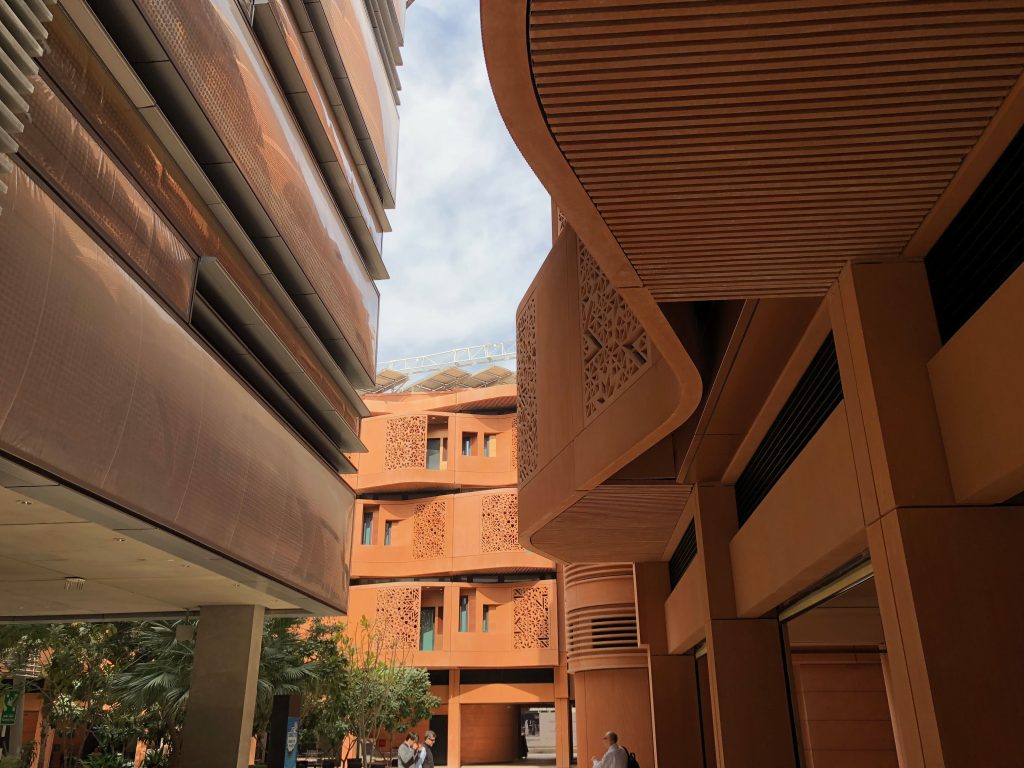
source: private archieve
3. Smart City technologies in the desert
Another interesting thing combining tradition with modern technology is the Wind Tower. Such towers were already built hundreds of years ago in ancient Arab cities. They were intended for cooling hot air and houses. The tower is higher than other buildings – it sucks hot air forced by the wind over the city and sends it lower, cooling it. The air in such form gets to the streets of Masdar. A simple and cheap street air conditioning!
 source: private archieve
source: private archieve
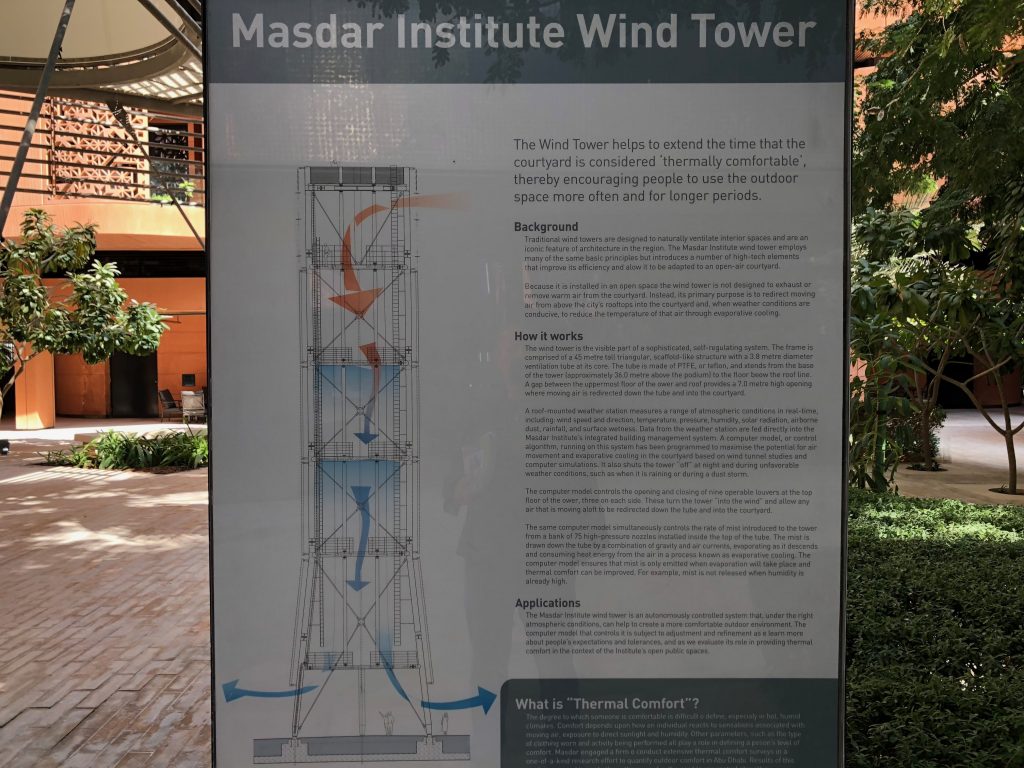
source: private archieve
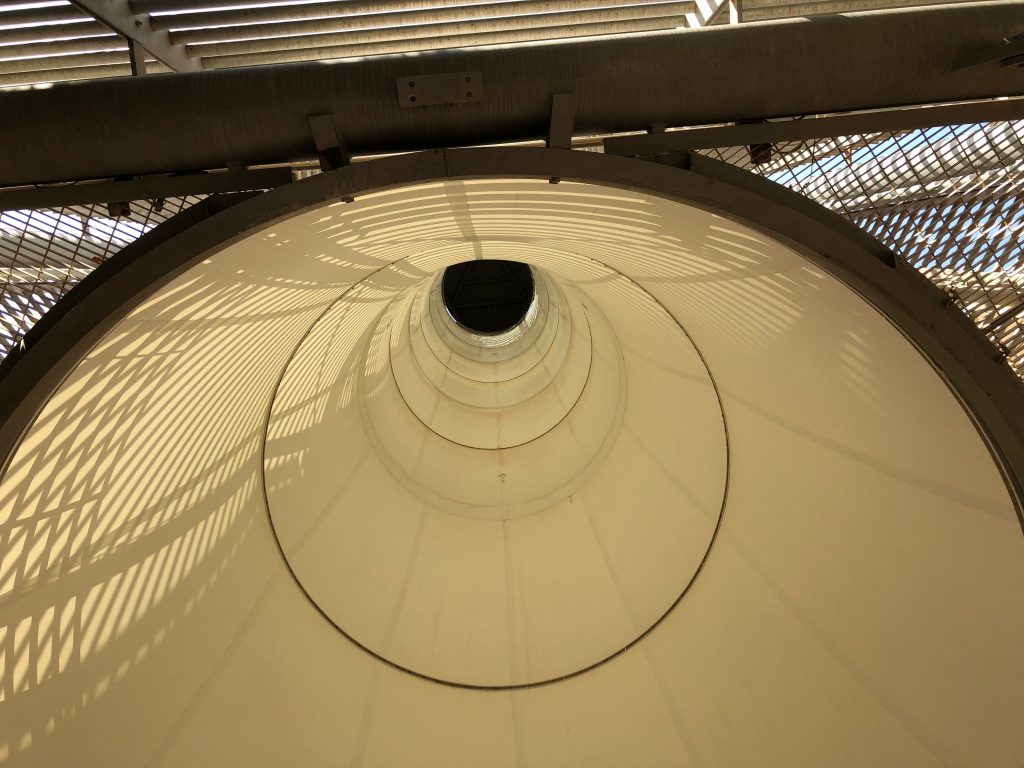
source: private archieve

source: private archieve
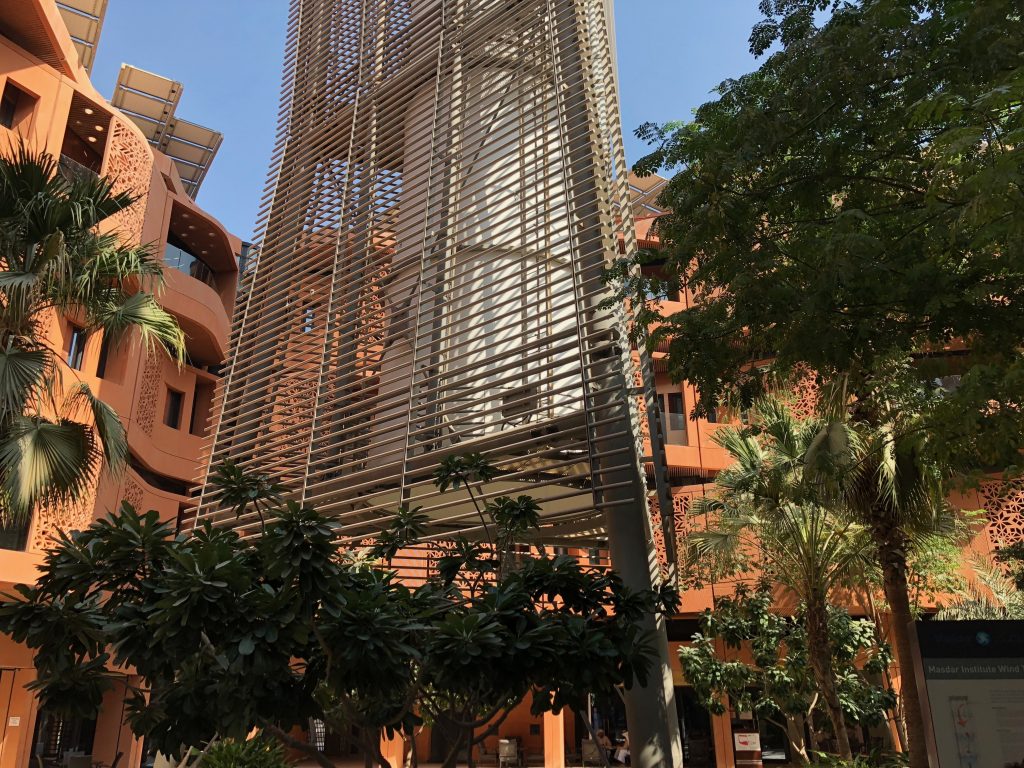
source: private archieve
4. Industrial buildings
Among objects which can be already visited in Masdar City, it is worth mentioning at least two.
The first one is an office building – R&D Centre of the Siemens company. This sustainable building with the LEED Platinum certification is equipped with several modern solutions such as, for example, the ones in the field of renewable energies which reduce, among others, water consumption by almost 50%, and CO2 emission by 30%. The building fulfils the demand for hot water in 75%, thanks to solar collectors installed on the rooftop.
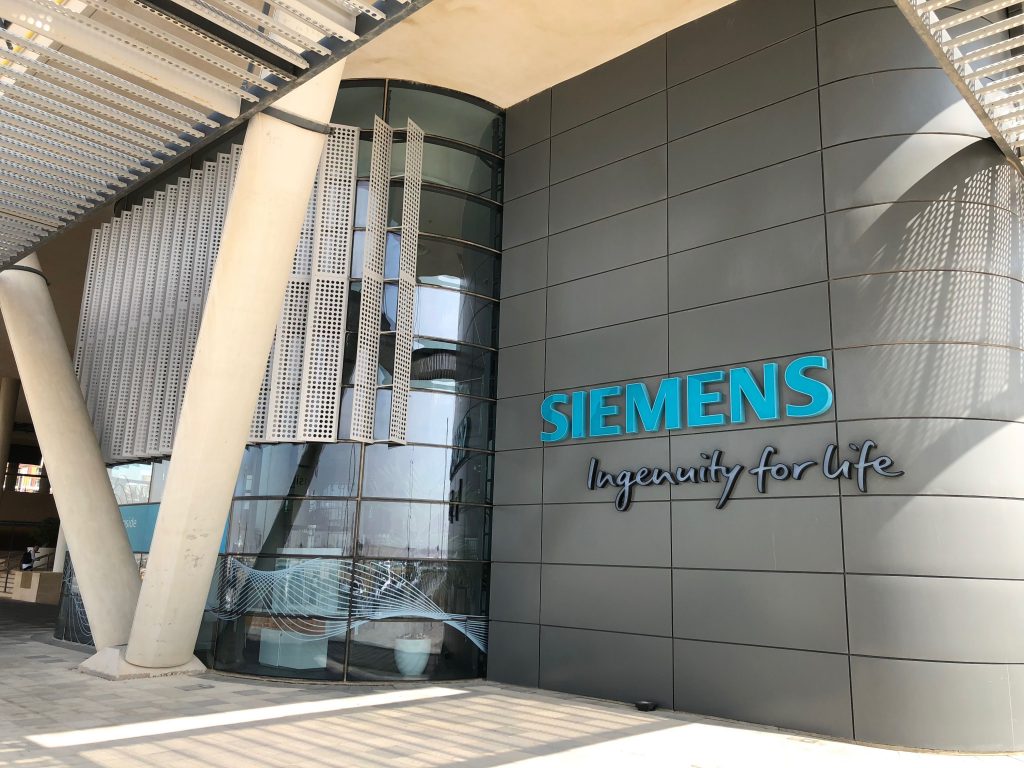
source: private archieve
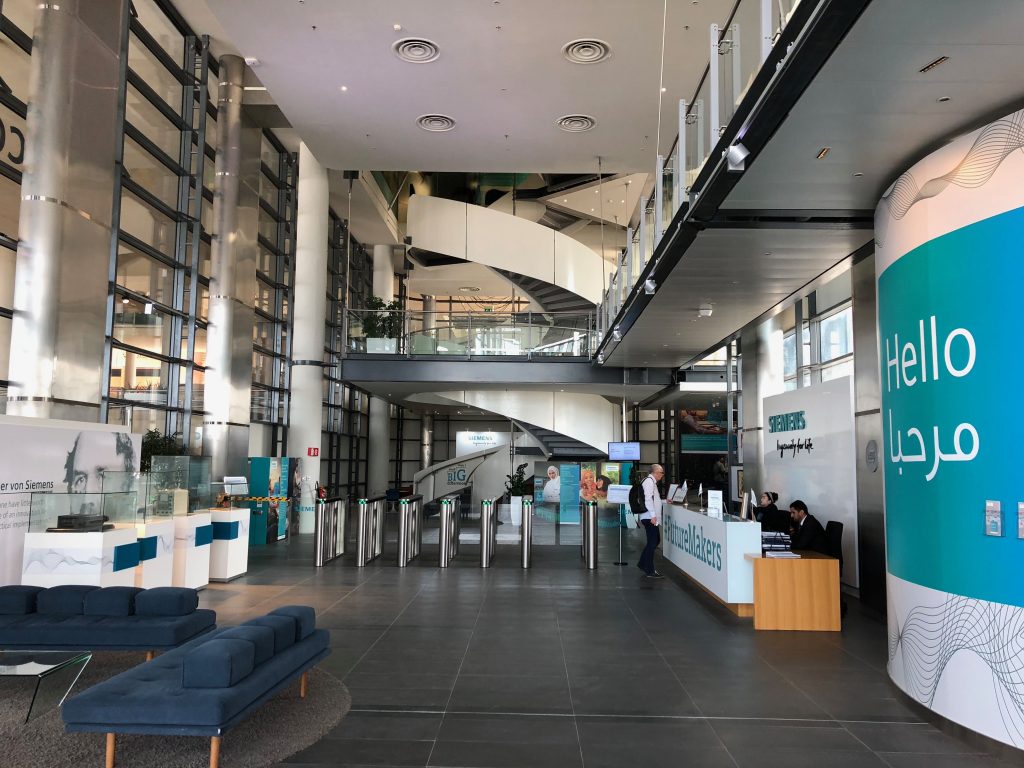
source: private archieve

source: private archieve
The second object worth mentioning is the Innovation Incubator. The building has similar reduction and energy savings parameters, just like Siemens building mentioned above, but it was additionally equipped with a few unique features. I mentioned earlier, that it has slanted walls shading the streets. Additionally, the angle of constructed façade gives 30% less sunlight exposure, which reduces the costs of cooling the building. Retracted high ground floor creates a completely shaded corridor through which one can walk the building around. What is more, the front wall is made of sintered glass, which reduces exposure to sunrays, and layers of sinters contain glass in various colours, depending on the intensity of exposure of the façade to the sun in a given place.
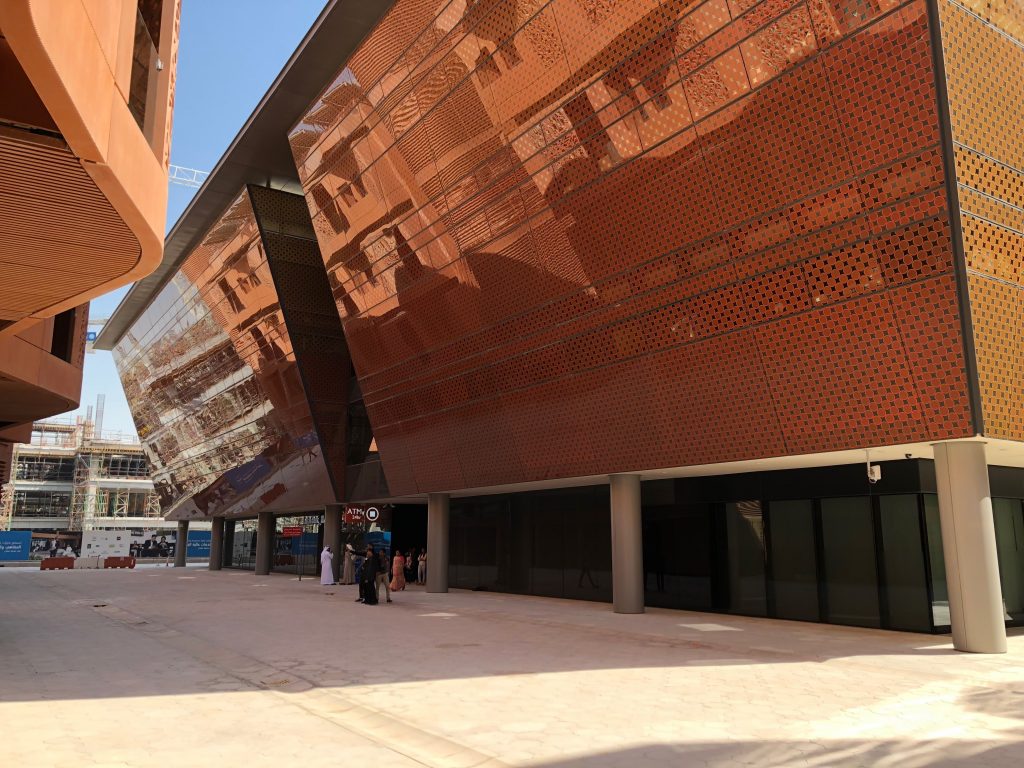
source: private archieve
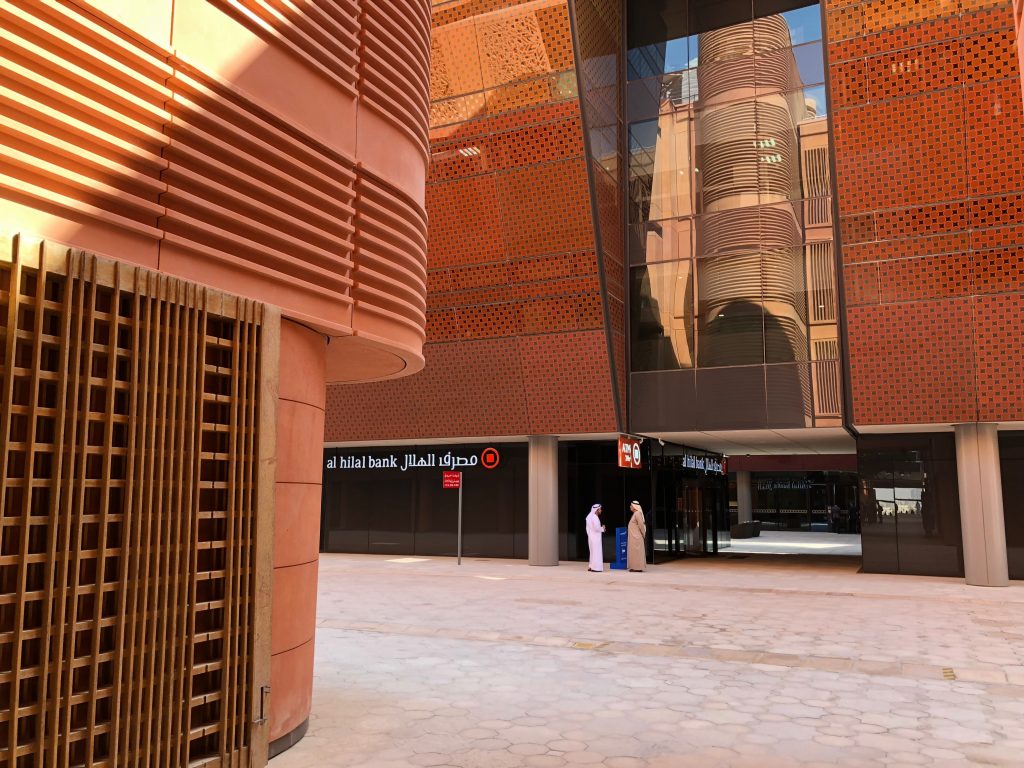
source: private archieve
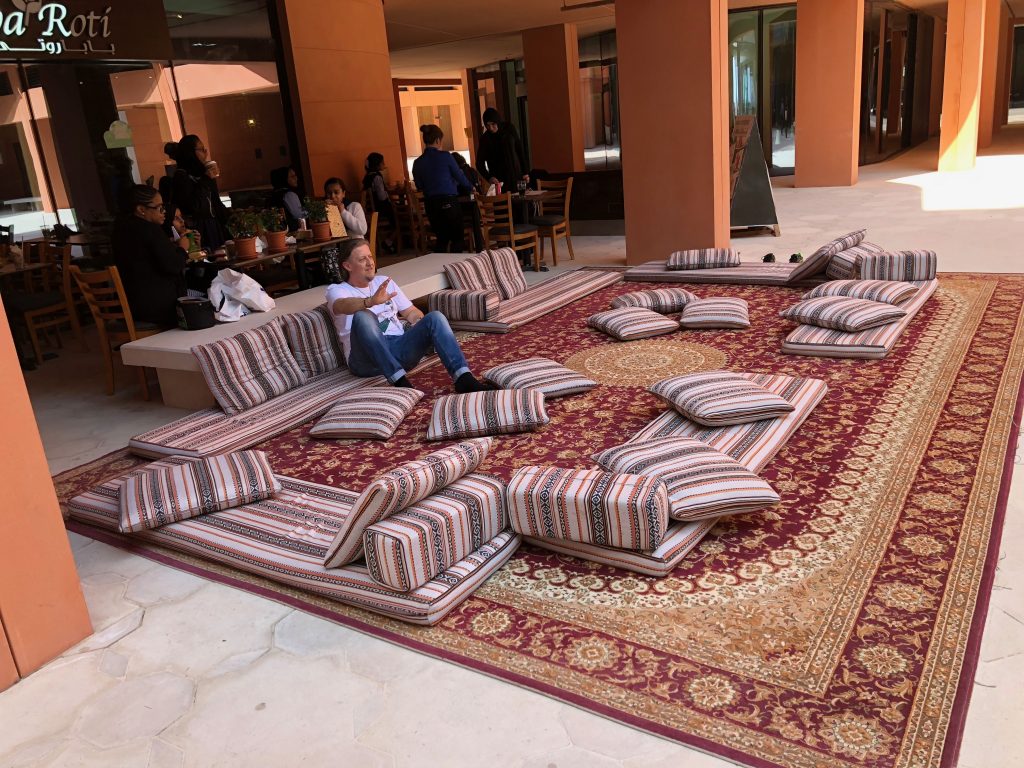
source: private archieve
What will Masdar’s future be like?
Undeniably, it is one of the first such complex projects of an ideal city in terms of expectations of its residents as well as the city responding to energy and environmental (CO2 emission) issues which may start to appear within 10-20 years in the whole world.
Today approximately 3,5 billion of people (50% of the whole population) lives in the cities, and in 2050 there will be approximately 6 billion of them! Although cities constitute barely 2% of the surface of the planet, they are responsible for 80% of electric energy consumption (the buildings themselves consume 40%) and 75% of CO2 emission. Therefore, any activities aimed at reducing the results of functioning of the cities, especially in the near future, are worth its weight in gold. In Masdar certainly there will be no problems related to smog because, apart from autonomic vehicles, only electric buses will ride the streets of the city, and the connection with Abu Dhabi and Dubai will be provided by rapid electric railway.
Thanks to well organised urban transport, there will be no traffic! So far Masdar City is one big construction site, but in a dozen of years everything will be ready (which is presented on the models of a finished city). Companies moving to office buildings and people moving to their flats will bring real life to the world of the future. So far, it has been invented by researchers, but with time it will become a standard in which we will live.
Is it possible to create an ideal Smart City? I will monitor the progress of the works on an ongoing basis and inform you about it.

source: private archieve
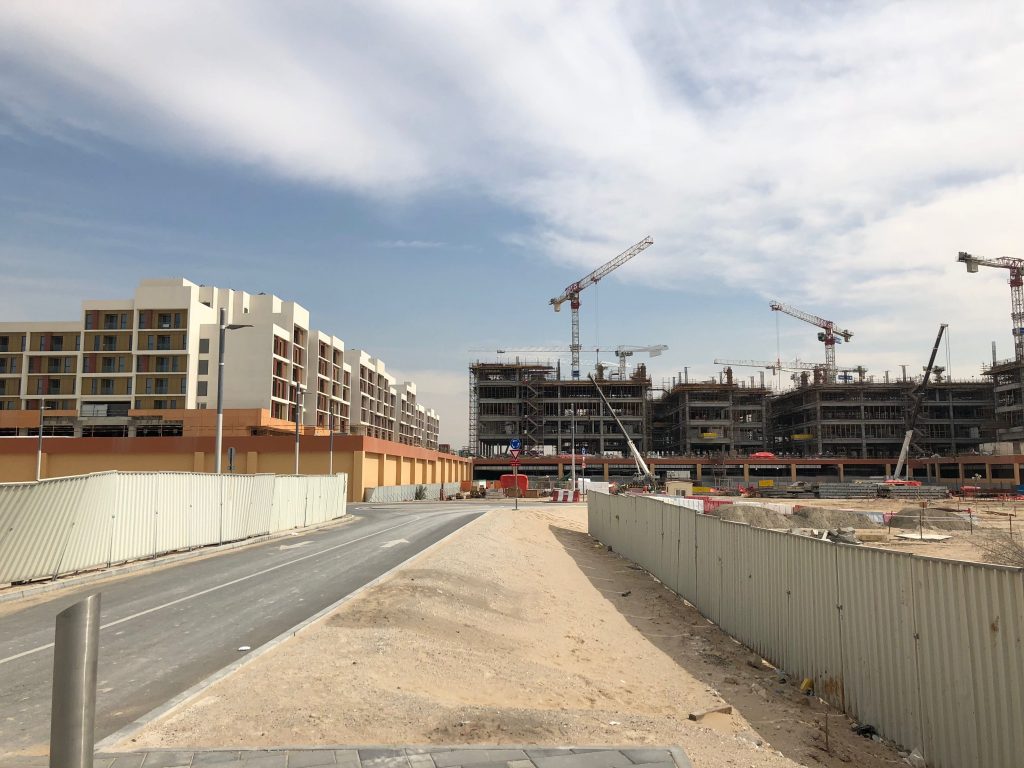
source: private archieve
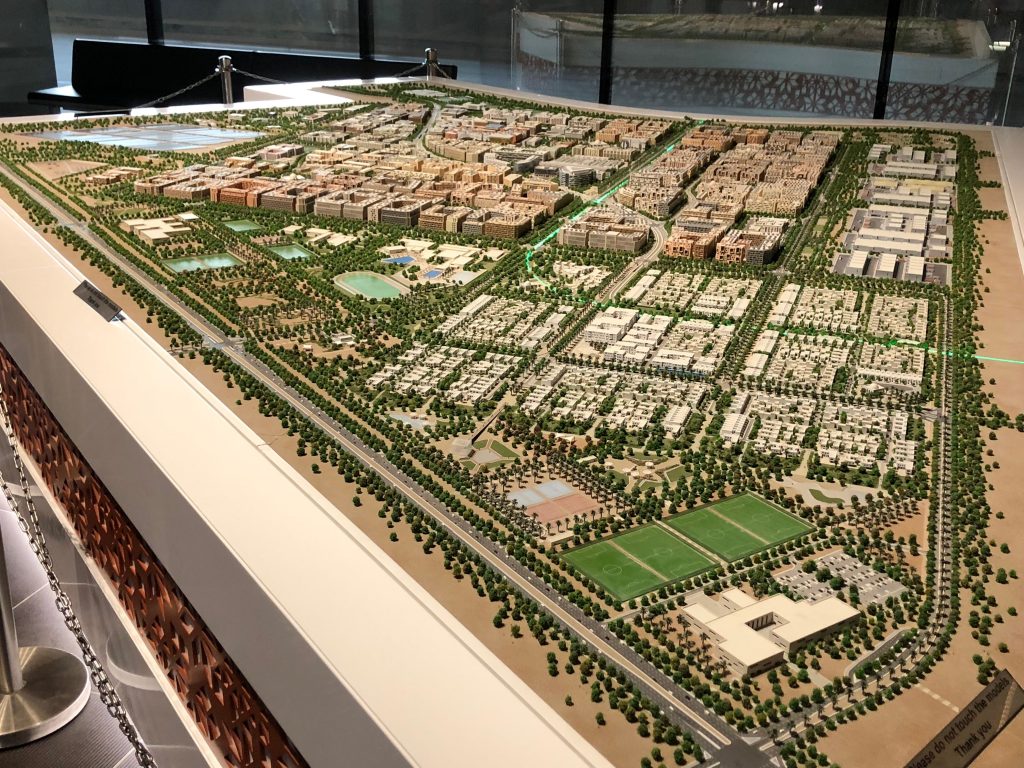
source: private archieve







